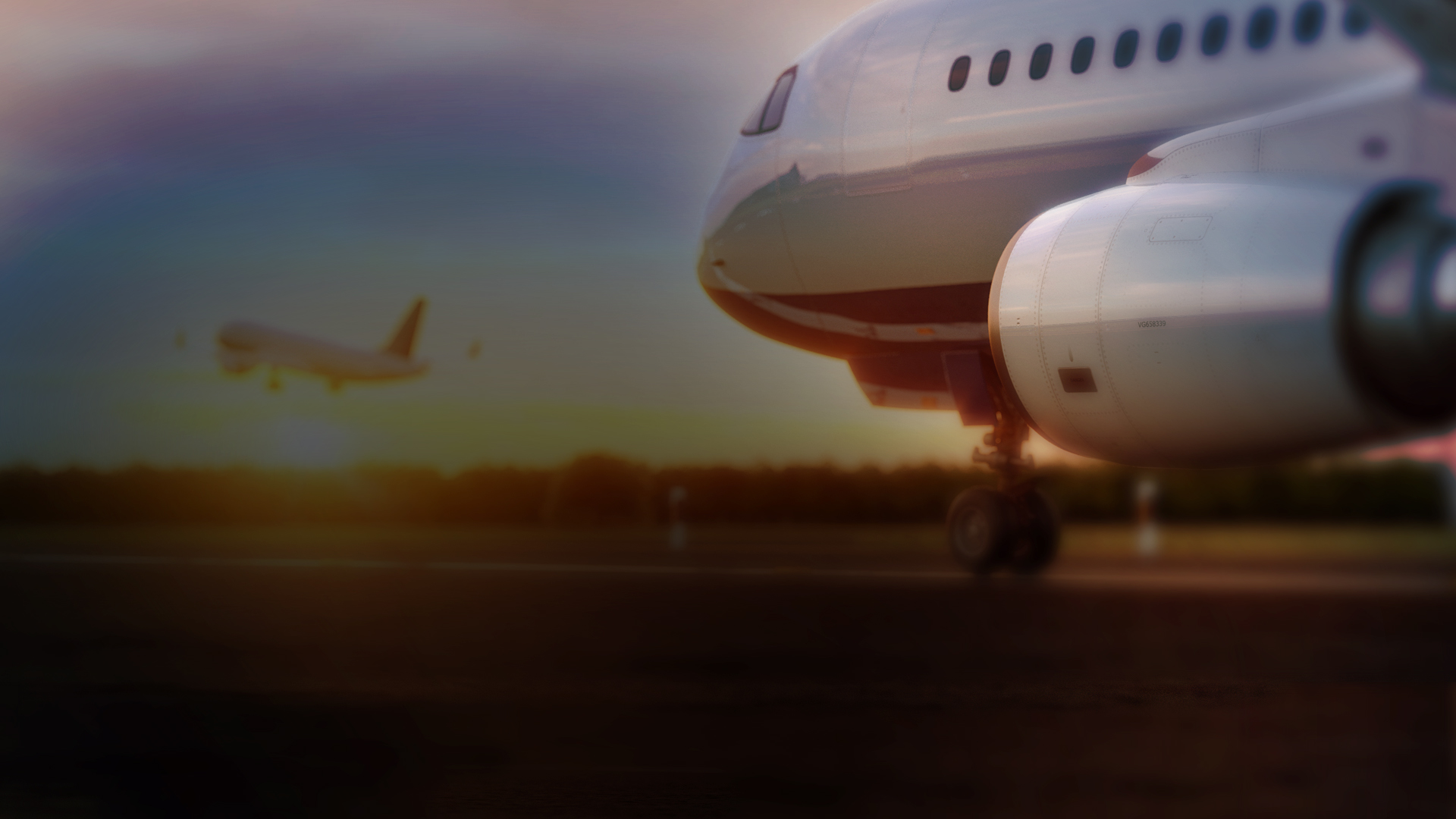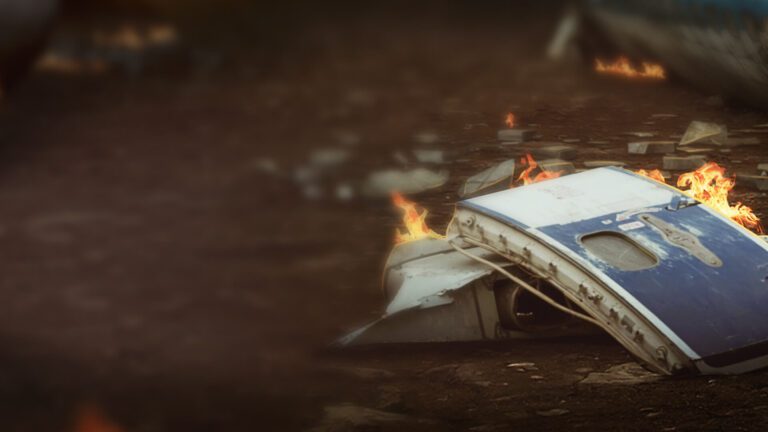
Aviation Accidents Overview
It is crucial for the aviation industry, including manufacturers, pilots, mechanics, and air traffic controllers, to adhere to the highest possible standards at all times. Unfortunately, this isn’t always the case.
Although some argue it is several times safer than driving on the highway, flying is an inherently dangerous way of traveling. Soaring through the sky hundreds of miles an hour, thousands of feet above the ground in an airplane or helicopter leaves little room for error. One small mechanical problem, misjudgment, or faulty response in the air can spell disaster for air passengers and even unsuspecting people on the ground.
Decades of National Transportation Safety Board aviation crash investigations have found that the majority of aviation crashes – from helicopters and small private airplanes to large passenger jets — are actually preventable.
Boeing 737 Max 8 Crashes
Two separate Boeing 737 Max 8 crashes – one involving Lion Air and the other Ethiopian Airlines – killed 346 people in a span of less than five months. The Lion Air crash occurred in October 2018, and the Ethiopian Airlines flight crashed in March 2019. The two aircraft were new and preliminary investigations into the deadly crashes show alarming similarities. They both point to the malfunctioning Maneuvering Characteristics Augmentation System (MCAS) or the automated flight control system.
There may be potential claims against Boeing Company, the plane’s manufacturer, and the airline. Beasley Allen’s Mike Andrews, who focuses his practice on aviation accident litigation, investigates the airplane crashes on behalf of families of the Ethiopian Airlines victims.
Passenger Airplane Accidents
Commercial airline safety has improved over the decades. Yet, passenger jet crashes still claim the lives of hundreds, sometimes thousands, of passengers and ground victims every year, according to the Aircraft Crashes Record Office in Geneva, Switzerland.
Pilot and flight crew error is the number-one cause of commercial jet crashes and accounts for the highest number of aviation-related fatalities. Pilot errors can be as simple as fatigue, “sleep inertia,” a state in which performance and situational awareness are degraded immediately after waking up from a required nap, and even spatial disorientation.
Pilot error may also result from inadequate/poor training, faulty judgment (such as intentionally flying into a dangerous storm), or faulty response to mechanical failure or external problems, such as a bird strike. Navigational errors that cause the plane to collide with a mountain, building, communication tower, or other obstacles; failure to correctly read, interpret, and use cockpit instrumentation; failure to follow air traffic control directions; ignoring fuel levels; improperly de-icing the plane; simple speed control and maneuvering mistakes; and disconnection of autopilot are just some of the possible pilot errors that could (and often do) spell catastrophe in the air.
Faulty equipment and flawed aircraft design, problems which can be attributed to both manufacturing and maintenance error, have also been to blame for many air crashes. Critical failures can occur when the airplane components and structures experience stress from flight time, age and corrosion. Sometimes, poor maintenance, such as improper lubrication controlling parts, can play an air accident. In some cases where mechanical and design flaws threaten a flight, the experience and training of the pilot and other crew can make the difference between a safe landing and a crash. In others, the pilot may follow every procedure correctly but still be unable to avert disaster.
Air traffic controllers also play a key role in the safety of all commercial passenger flights. The failure of an air traffic controller to properly guide air traffic, either through negligence or error, has contributed to some aviation crashes and near-crashes in the past.
Helicopter Crashes
Because of their unique flying capabilities, helicopters have gained a reputation as the workhorses of the aviation world. Their ability to fly vertically, low to the ground, and hover in position makes these aircraft a key tool and mode of transportation for emergency medical services, commercial transport, law enforcement, recreation and sightseeing, news reporting, offshore use, logging, firefighting, utility work, and several other civil applications.
Compared to other forms of air transport, however, helicopters are statistically the least safe aircraft.
Most helicopter crashes are caused by some form of pilot error, including improper or insufficient pilot training, operating the aircraft in poor weather and other unsafe conditions, failure to plan or improperly planning a flight, and poor or improper response to mechanical failure and environmental problems. Other forms of operational error outside the cockpit include faulty air traffic control communications and improper maintenance.
A smaller number of helicopter crashes have been blamed on mechanical and electrical malfunctions exclusively. These problems can originate in the design stages with the faulty design of the aircraft or one or more of its components. Or they can occur as errors in the manufacturing and quality control stages.
Liability for helicopter crashes may fall upon a single entity but more typically will be shared among a number of parties, both in Federal Aviation Administration reports and in court. For example, the helicopter’s manufacturer, owner, pilot, flight school, and the dealer may be held responsible for an accident.
Other parties that may share blame are Air Traffic Control operators, airfield or helicopter pad owners, maintenance workers and/or companies, and owners of land or land or structures that could obstruct the path of a helicopter, such as communications towers, buildings, and vegetation.
Small Private Airplane Accidents
General aviation aircraft encompasses all flights other than military, scheduled airlines, and most cargo jets. Generally, general aviation aircraft consist of private and charter jets used for flight training, business, recreation, police and firefighting operations, crop dusting, and other applications.
According to the National Transportation Safety Board, these aircraft account for more than 75 percent of all air traffic in the U.S., so it’s not surprising that the vast majority of all airplane accidents in the U.S. every year involve general aviation aircraft.
According to NTSB data, most (half or more) general aviation aircraft crashes occurred in airplanes, gliders, and other smaller aircraft used for personal flying. Aircraft used for flight training, aerial application of agricultural products, ferry and repositioning of other aircraft, and business also followed in the number of crashes in that order from 2007 to 2009.
About half of all air crashes each year result from pilot error, usually involving a faulty response to environmental or mechanical conditions. Flying the plane into poor weather conditions; navigational errors that cause the plane to collide with a mountain, building, communication tower, or other obstacles; failure to correctly read, interpret, and use cockpit instrumentation; failure to follow air traffic control directions; ignoring fuel levels; improperly de-icing the plane; simple speed control and maneuvering mistakes; disconnection of autopilot; and simple fatigue are just some of the possible pilot errors that could (and often do) spell catastrophe in the air.
Many aviation crashes in recent years have been blamed on poor aircraft maintenance. Aging aircraft sometimes develop flaws and deficiencies that aren’t easily detectable. Simple neglect – failing to check the airplane before the flight thoroughly – can also lead to disaster.
Contact An Aviation Accident Lawyer
Mike Andrews, a lawyer in the firm’s Personal Injury and Products Liability section, focuses much of his practice on aviation accident litigation. He has represented people seriously injured in aviation crashes and the family of those killed in both civilian and military airplane crashes and helicopter crashes.
He also has written a book on the subject to assist other aviation lawyers, “Aviation Litigation & Accident Investigation.” The book offers an overview to the practitioner about the complexities of aviation crash investigation and litigation. Specifically, it looks at aviation industry regulations and complex defenses. It provides basic instruction on preserving evidence, insight into legal issues associated with aviation claims, and anecdotal instances of military and civilian crashes.
The National Trial Lawyers recently named Mike to the Top 10 Aviation Attorneys list. Membership is by invitation only and is extended to the most qualified attorneys for each state or region.
Related News
We Settle Georgia Airplane Crash Case for Victim’s Estate
Our lawyers, Mike Andrews and Cole Portis, along with lawyers from Mason Carter, have settled…
Recent Osprey Crash Shows Similarity To Firm’s Previous Cases
A dangerous and defective military aircraft has claimed five more U.S. Marines. The Marines were…
Our Boeing 737 MAX Crash Litigation Shows Systemic Regulatory Flaws
Southwest Airlines faces a class action lawsuit alleging the commercial carrier pressured Boeing into deceiving…



